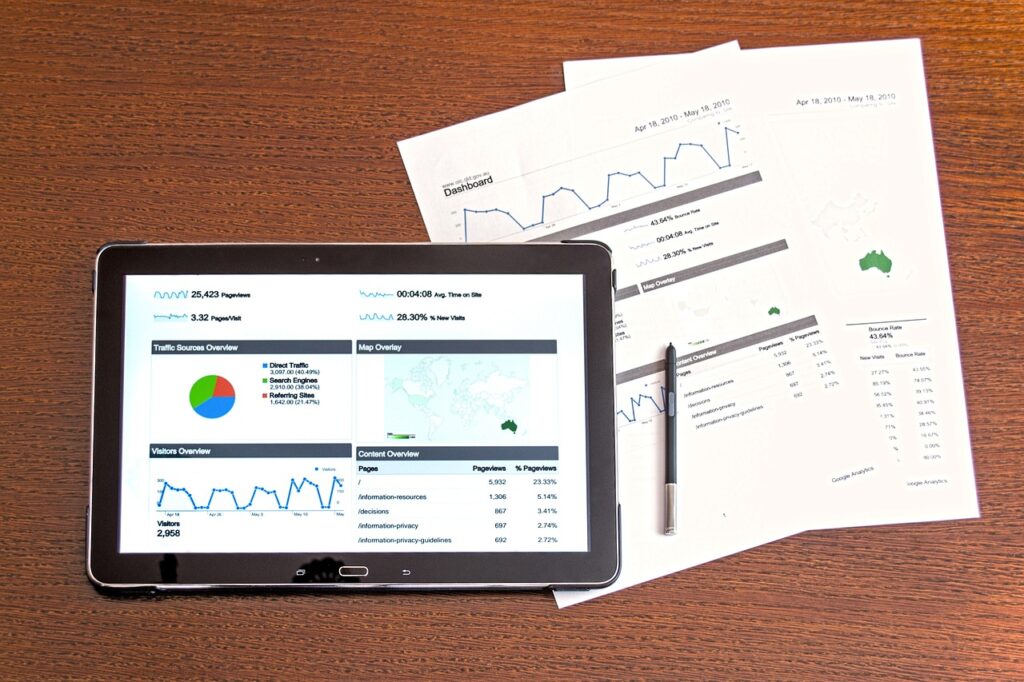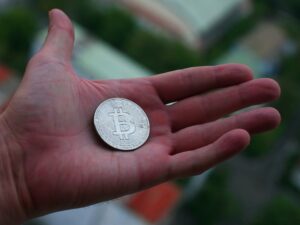
The Rise of Decentralized Finance (DeFi)
Decentralized Finance (DeFi) represents one of the most transformative shifts in the financial landscape, employing blockchain technology to recreate and improve upon traditional financial systems. DeFi eliminates intermediaries, enhances transparency, and broadens access to financial services. As we approach 2025, the DeFi space is poised for exponential growth, driven by innovation, adoption, and regulatory advancements. This article explores the top DeFi investment opportunities to watch in 2025, highlighting the projects and trends that are likely to shape the future of finance.
The Current State of DeFi
Since its inception, DeFi has gained considerable traction, with billions of dollars locked in various protocols. Despite market volatility and regulatory scrutiny, the DeFi ecosystem continues to thrive, supported by a community of developers, investors, and users. Key innovations such as decentralized exchanges, lending platforms, and yield farming have demonstrated the potential to disrupt traditional finance. However, challenges such as security risks, scalability, and regulatory hurdles remain.
Top DeFi Investment Opportunities in 2025
1. Layer 2 Scaling Solutions
As DeFi applications grow, the demand for efficient and scalable blockchain networks intensifies. Layer 2 solutions, which operate on top of existing blockchains, offer a promising avenue for scaling. Projects like Polygon, Arbitrum, and Optimism are enhancing transaction speeds and reducing costs, making DeFi more accessible. Investing in these solutions presents a significant opportunity as they address one of the most pressing challenges in the DeFi space.
2. Cross-Chain Interoperability
The future of DeFi is inherently multi-chain, with various blockchains offering unique features and capabilities. Cross-chain interoperability solutions enable seamless communication and asset transfers between different blockchain networks. Projects such as Polkadot, Cosmos, and Chainlink are leading the charge in this area, providing infrastructure that facilitates a more connected and efficient DeFi ecosystem. Investors can benefit from the growth of these protocols as they become essential components of the DeFi infrastructure.
3. Decentralized Exchanges (DEXs)
Decentralized exchanges have revolutionized the way crypto assets are traded, offering users more control and privacy. As the DeFi ecosystem matures, DEXs are evolving to include features such as advanced order types, improved liquidity management, and integration with other DeFi services. Uniswap, SushiSwap, and PancakeSwap are prominent examples of successful DEXs. Investing in DEXs or their governance tokens can be a lucrative opportunity, given their central role in the DeFi landscape.
4. DeFi Lending and Borrowing Platforms
Lending and borrowing platforms are a cornerstone of the DeFi ecosystem, providing users with the ability to earn interest on their assets or access liquidity without traditional banking intermediaries. Aave, Compound, and MakerDAO have established themselves as leaders in this space, offering innovative features such as flash loans and collateralized debt positions. As more users and institutions recognize the advantages of DeFi lending, these platforms are likely to experience significant growth, presenting attractive investment opportunities.
5. Stablecoins and Asset-Backed Tokens
Stablecoins play a crucial role in DeFi, providing a reliable medium of exchange and a store of value amidst crypto volatility. The demand for stablecoins is expected to rise as DeFi adoption increases. Moreover, asset-backed tokens, which represent real-world assets on the blockchain, are gaining traction. Projects like Tether, USDC, and MakerDAO’s Dai are leading the stablecoin market, while initiatives like tokenized real estate and commodities are emerging. Investing in stablecoins and asset-backed tokens can offer stability and diversification in a DeFi portfolio.
6. Decentralized Identity and Privacy Solutions
As DeFi grows, the need for secure identity verification and privacy solutions becomes more critical. Decentralized identity platforms enable users to maintain control over their personal information while participating in DeFi activities. Privacy-focused technologies ensure that transactions and user data remain confidential. Projects like Civic, SelfKey, and Tornado Cash are pioneering these solutions, offering potential investment opportunities as demand for privacy and security in DeFi increases.
7. Governance and DAO Innovations
Decentralized Autonomous Organizations (DAOs) are redefining governance in the DeFi space, allowing stakeholders to participate in decision-making processes. DAOs offer a new model for managing decentralized projects and protocols, with governance tokens providing holders with voting rights and influence. Projects like MakerDAO, Compound, and Yearn Finance have successfully implemented DAO structures. Investing in governance tokens can be a strategic move, aligning investors with the long-term success of these projects.
8. Insurance Protocols
The decentralized nature of DeFi introduces unique risks, necessitating the development of insurance solutions. DeFi insurance protocols provide coverage against smart contract failures, hacks, and other risks. Nexus Mutual, Cover Protocol, and InsurAce are leading the way in DeFi insurance, offering products that protect users and enhance trust in the ecosystem. As the DeFi market expands, the demand for insurance is likely to grow, making these protocols attractive investment prospects.
Emerging Trends and Future Outlook
Institutional Adoption
Institutional interest in DeFi is increasing, driven by the potential for high yields and innovative financial products. As regulatory frameworks evolve and security measures improve, institutional participation in DeFi is expected to rise. This trend could lead to increased liquidity and stability in the DeFi market, benefiting early investors and contributing to the overall growth of the ecosystem.
Regulatory Developments
Regulation remains a significant factor influencing the DeFi landscape. While regulatory clarity can foster growth by providing guidelines for compliance and security, overly restrictive measures could stifle innovation. In 2025, regulatory developments will play a crucial role in shaping the DeFi market, with projects that proactively address compliance likely to gain a competitive edge.
Integration with Traditional Finance
The convergence of DeFi and traditional finance (TradFi) is an emerging trend, with financial institutions exploring ways to integrate blockchain technology into their operations. Hybrid solutions that combine the benefits of DeFi with the familiarity of traditional finance are likely to gain traction. This integration could lead to new investment opportunities and the expansion of DeFi services to a broader audience.
Conclusion: Navigating the DeFi Investment Landscape
The DeFi space is dynamic and rapidly evolving, offering a plethora of investment opportunities for those willing to navigate its complexities. As we look toward 2025, the projects and trends outlined in this article represent key areas of potential growth and innovation in the DeFi ecosystem. Investors should conduct thorough research, assess risk factors, and stay informed about market developments to make informed investment decisions. By unlocking the future of finance through strategic investments in DeFi, investors can participate in the transformation of the global financial system.
#ChatGPT assisted in the creation of this article.








